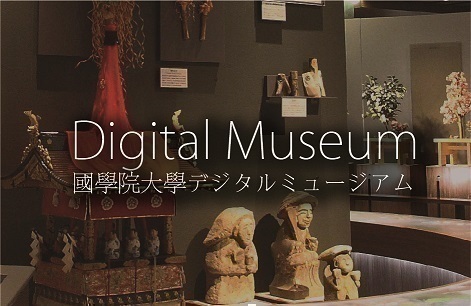- トップ
- Encyclopedia of Shinto
- Hasshinden
Encyclopedia of Shinto
| Main Menu: | |
| Links: |
詳細表示 (Complete Article)
| カテゴリー1: | 3. Institutions and Administrative Practices |
|---|---|
| カテゴリー2: | The Emperor |
| Title | Hasshinden |
| Text | The Hall of Eight Deities. Under the ritsuyō system, this hall was located in the western hall of the Jingikan (Department of Divinities) and it enshrined the eight tutelary deities of the emperor. According to Engishiki ( Procedures of the Engi Era) of 967, the names of enshrined deities (saijin) were Kamimusuhi no kami, Takamimusuhi no kami, Tamatsumemusubi no kami, Ikumusuhi no kami, Tarumusuhi no kami, Ōmiyanome no kami, Miketsu no kami, and Kotoshironushi no kami. The worship of these kami was presided over by the shaman of the Jingikan, a young girl whose duty it was to celebrate them. Their names are written (with different characters) in Kogoshūi (Gleanings from Ancient Stories) of 807 as follows: Takamimusubi no kami, Kamimusubi no kami, Tamatsumemusubi, Ikumusubi, Tarumusubi, Ōmiyanome no kami, Kotoshironushi-no-kami, and Miketsu-no-kami. It was believed that the spirits of these deities collaborated to protect the emperor and the state. In addition to these eight deities, Ōnaobi-no-kami was also worshipped on the occasion of a chinkonsai (ceremony for the pacification souls). The Hall of Eight Deities burned down and was rebuilt a number of times and was abandoned after the Ōnin Disturbance (1467-77). During the Edo Period (1600-1868), the Yoshida family and the Shirakawa family each built a surrogate of the Hall — the former inside the Yoshida Shrine precincts and the latter in the Shirakawa mansion. After the Meiji Restoration, the Jingikan was reestablished. In 1869 a ceremony was conducted to enshrine deities in the temporary Deity Hall of the Jingikan. At this temporary hall, in addition to the eight deities, other deities of heaven and earth (tenjin chigi) as well as spirits of the past emperors were worshipped. Now that the ancestral spirits of the emperors were enshrined at the western altar of the Deity Hall, the Buddhist structure (Kurodo or Okurodo) in the palace which had hereto enshrined these spirits was abolished. The eight deities and the deities of heaven and earth had been moved to the Imperial Palace and in the eleventh month of 1872 these deities were collectively enshrined and the Hall of Eight Deities was renamed the Hall of Deities (Shinden). From then and even now in the postwar period the Shinden is one of the "three shrines of the Imperial Palace" (kyūchū sanden) where imperial rites are conducted. See also, Kyūchū sanden, Kōrei saishi. — Inoue Nobutaka |




